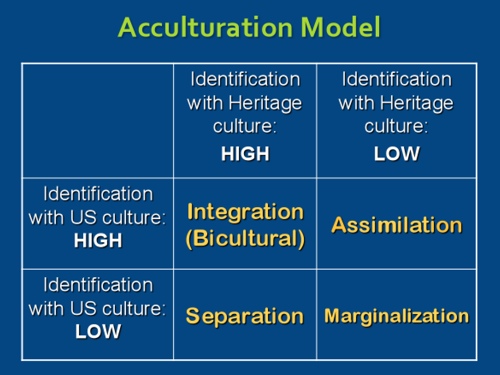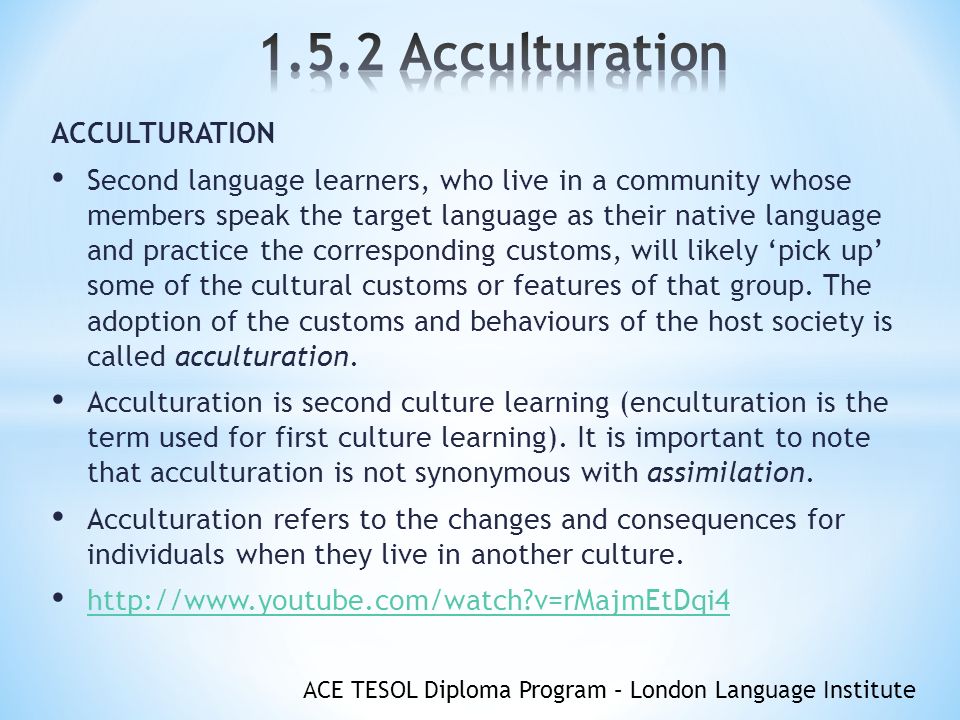
Overview of Acculturation Examples
Table of Contents
Understanding Acculturation
Acculturation refers to the process by which individuals or groups adopt the cultural traits or social patterns of another group. Think about how a beloved pizzeria down the street has incorporated local flavors into its traditional recipes. That’s a delightful example of acculturation!
This phenomenon can be seen across diverse cultures, whether it’s through language, food, fashion, or artistic expressions. In essence, it’s a dance between retaining one’s heritage and embracing new influences.
Importance of Studying Acculturation
Studying acculturation is crucial for several reasons:
- Cultural Preservation: It highlights how cultures evolve while striving to maintain their essence.
- Social Understanding: It fosters empathy and awareness in increasingly multicultural societies.
- Policy Making: Insights into acculturation can guide effective immigration and integration policies.
Understanding these dynamics helps us appreciate cultural diversity and promotes unity in our shared human experiences. Why not take a moment to reflect on the unique cultural blend that surrounds you every day?

Cultural Assimilation
Immigrant Communities
Cultural assimilation is often vividly illustrated within immigrant communities. Picture your favorite ethnic neighborhood, buzzing with local markets and restaurants. Immigrants may adopt the dominant culture’s language and customs while preserving their unique traditions.
- Language Learning: Many immigrants strive to learn the local language, which helps them connect better in their new environment.
- Cultural Practices: Families might celebrate both their traditional holidays and local festivities, creating a rich tapestry of shared experiences.
Indigenous Groups
On the flip side, indigenous groups often navigate cultural assimilation in distinct ways. They encounter pressures to conform to dominant cultures while aiming to preserve their identity.
- Cultural Heritage: Many indigenous peoples hold tightly to their languages, rituals, and histories despite external pressures.
- Community Initiatives: Grassroots efforts promote the revival of traditional practices and languages, ensuring that cultural richness endures.
Whether in immigrant neighborhoods or indigenous reservations, the journey of cultural assimilation weaves together stories of resilience, adaptation, and vibrant diversity.

Language Adaptation
Bilingualism in Education
Language adaptation manifests beautifully in educational settings, particularly through bilingualism. Imagine stepping into a classroom where students learn in both their native language and the local language. This approach not only enriches their academic experience but also fosters cultural pride.
- Cognitive Benefits: Research shows that bilingual students often outperform their monolingual peers in problem-solving skills.
- Cultural Connection: Learning in both languages deepens students’ appreciation of their heritage while integrating them into broader society.
Code-Switching in Communication
Another fascinating aspect of language adaptation is code-switching, where individuals seamlessly alternate between languages or dialects depending on the context. Think of chatting with friends in one language and switching to another when speaking to a teacher.
- Social Identity: Code-switching can help maintain cultural bonds while navigating different social circles.
- Practicality: It’s often a useful tool to convey nuanced meanings that might be lost in direct translation.
Both bilingualism and code-switching exemplify how language evolves, reflecting the dynamic nature of cultural exchanges in our diverse world.

Cultural Practices
Religious Celebrations
Cultural practices often shine brightest during religious celebrations, where communities gather to honor their beliefs. Imagine the vibrancy of Diwali, where families light lamps and share sweets, blending traditional customs with modern influences.
- Sense of Belonging: These celebrations foster unity, bringing together individuals from various backgrounds.
- Cultural Exchange: In multicultural societies, you might find mixed celebrations, where local and immigrant traditions enrich each other. For instance, Ramadan and Thanksgiving events might culminate in a community feast, showcasing diverse cuisines.
Traditional Festivals
Traditional festivals also illustrate the beauty of cultural practices. These events serve as a conduit for preserving heritage while embracing new elements.
- Music and Dance: Festivals often feature traditional music and performances that encapsulate the spirit of the culture. Think of how lively a Carnaval in Brazil is, merging costumes and cultures!
- Culinary Innovations: Food stalls at festivals serve up both traditional dishes and innovative fusion cuisine, reflecting the evolution of tastes.
Through religious celebrations and traditional festivals, we witness the dynamic interplay of heritage and modernization, creating a rich cultural tapestry that invites everyone to join in the festivities.

Food and Cuisine
Fusion Cuisine
Food and cuisine are delightful expressions of cultural adaptation, particularly evident in fusion cuisine. Picture a trendy eatery where sushi tacos are on the menu! This innovative dish is a tasty testament to how culinary boundaries can blur.
- Cross-Cultural Ingredients: Fusion cuisine often combines diverse ingredients, like using kimchi in a quesadilla or incorporating elements of Italian cuisine into local street foods.
- Creative Cooking: Chefs and home cooks alike experiment, crafting flavors that reflect multicultural influences, sparking both curiosity and creativity.
Food Habits and Customs
Food habits and customs also reveal much about cultural dynamics. Consider how sharing meals is a cornerstone of community across various cultures.
- Family Gatherings: Many cultures emphasize communal dining, where families gather to celebrate special occasions or simply enjoy each other’s company.
- Traditional Etiquette: Unique customs, such as breaking bread together or using specific utensils, showcase the significance of food in social interactions.
Through fusion cuisine and diverse food habits, we explore not just what we eat but how food brings us together, enriching our cultural experiences one delicious bite at a time.

Fashion and Clothing
Cultural Apparel
Fashion and clothing are vibrant reflections of cultural identity, vividly showcased through traditional apparel. Think of the colorful saris in India or the intricate kimonos in Japan — each piece tells a story steeped in history.
- Symbolic Significance: These garments often reflect values, beliefs, and rituals associated with various cultures.
- Preservation of Heritage: Wearing cultural apparel during festivals or ceremonies can foster a sense of pride and community.
Global Fashion Trends
Meanwhile, global fashion trends demonstrate how cultural blends shape contemporary styles. Have you ever noticed how streetwear often integrates elements from different cultures?
- Sustainable Fashion: More designers are turning to traditional techniques from various cultures to create sustainable pieces, melding modernity with heritage.
- Cultural Appreciation: Global fashion weeks now feature designers who celebrate their roots while appealing to an international audience, showcasing a fusion of styles.
Through cultural apparel and the influence of global fashion trends, we see how fashion serves as a canvas for cultural expression, innovation, and interconnectedness in an increasingly globalized world.

Music and Arts
Cultural Influences
Music and arts serve as powerful vehicles for cultural influences, weaving narratives that resonate across borders. Imagine a local band fusing Afrobeat rhythms with pop melodies — it’s a perfect example of how diverse musical elements can come together to create something fresh.
- Global Collaborations: Artists from different backgrounds often collaborate, like when a traditional sitar player joins forces with a jazz musician, showcasing a harmonious blend of styles.
- Cultural Storytelling: Lyrics and visual art capture the essence of cultural heritage, allowing communities to share their stories with the world.
Contemporary Artistic Expressions
Contemporary artistic expressions further illustrate this blend of cultures. Think of street art murals that depict social messages while incorporating traditional motifs.
- Digital Art: With the rise of technology, artists now explore digital mediums, combining influences from various cultures to create immersive experiences.
- Diverse Themes: Modern art reflects global issues, ranging from identity to social justice, engaging audiences in meaningful dialogues.
Through cultural influences and contemporary artistic expressions, music and arts become a vibrant tapestry, celebrating our interconnectedness while honoring the rich diversity of experiences that shape our world.